THIS page will be dedicated to the teardown of the amp, and showing pictures and describing individual components of the amp, as much as can be identified.
THIS page will ALSO be used to tracking and discussing any mods we/the community can come up with to make this amp better or just add more features!
Construction: The amp is main built using MDF (medium-density fibre board), which is epoxied together to create the main housing. The front grille is also formed with MDF, with the fabric covering stapled on, and velcro straps used to make it removable from the main housing.
Main Components:
--------------------------------
Processor: STM32F427
Flash: FM25Q08A - 8M-BIT (1MB) SERIAL FLASH MEMORY
SRAM: IS66WVE1M16EBLL - 16Mb (2MB) Async/Page PSRAM
Amp: TPA3116D2 - 2x50W Class-D Stereo Amp
DSP: AK7755 - DSP with Mono ADC Stereo CODEC + Mic/Lineout Amp
DAC: ES9023 - 24-bit stereo audio DAC with an integrated 2Vrms op-amp driver
Bluetooth: ATS2825 v1.2 Bluetooh Module
Op-Amps: NJM2740 - dual low saturation output operational amplifier featuring low noise of 6.5nV/√Hz
USB: GL850G - USB 2. Hub Controller IC
Speakers: PSP00471001 G3 120231 - Custom made speaker for PG????
** FYI: **
There is a thread started on "DIY AUDIO" that is referencing a possible speaker mod, may be a great place to join the discussion...
https://www.diyaudio.com/forums/instruments-and-amps/358004-hacking-positive-grid-spark.html
Also facebook groups for the 'spark owners' as well as 'spark mod group' for actual mod discussions:
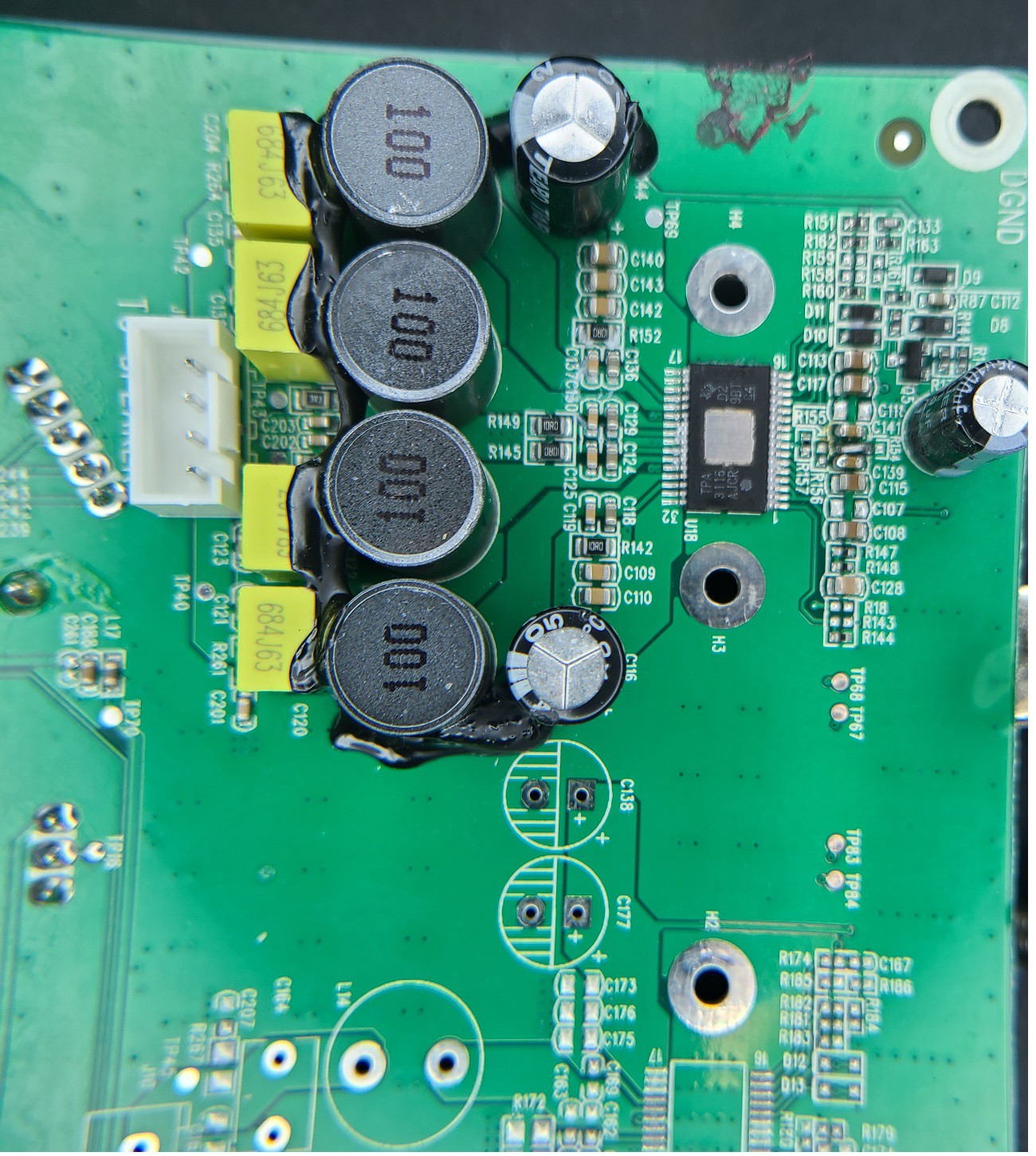
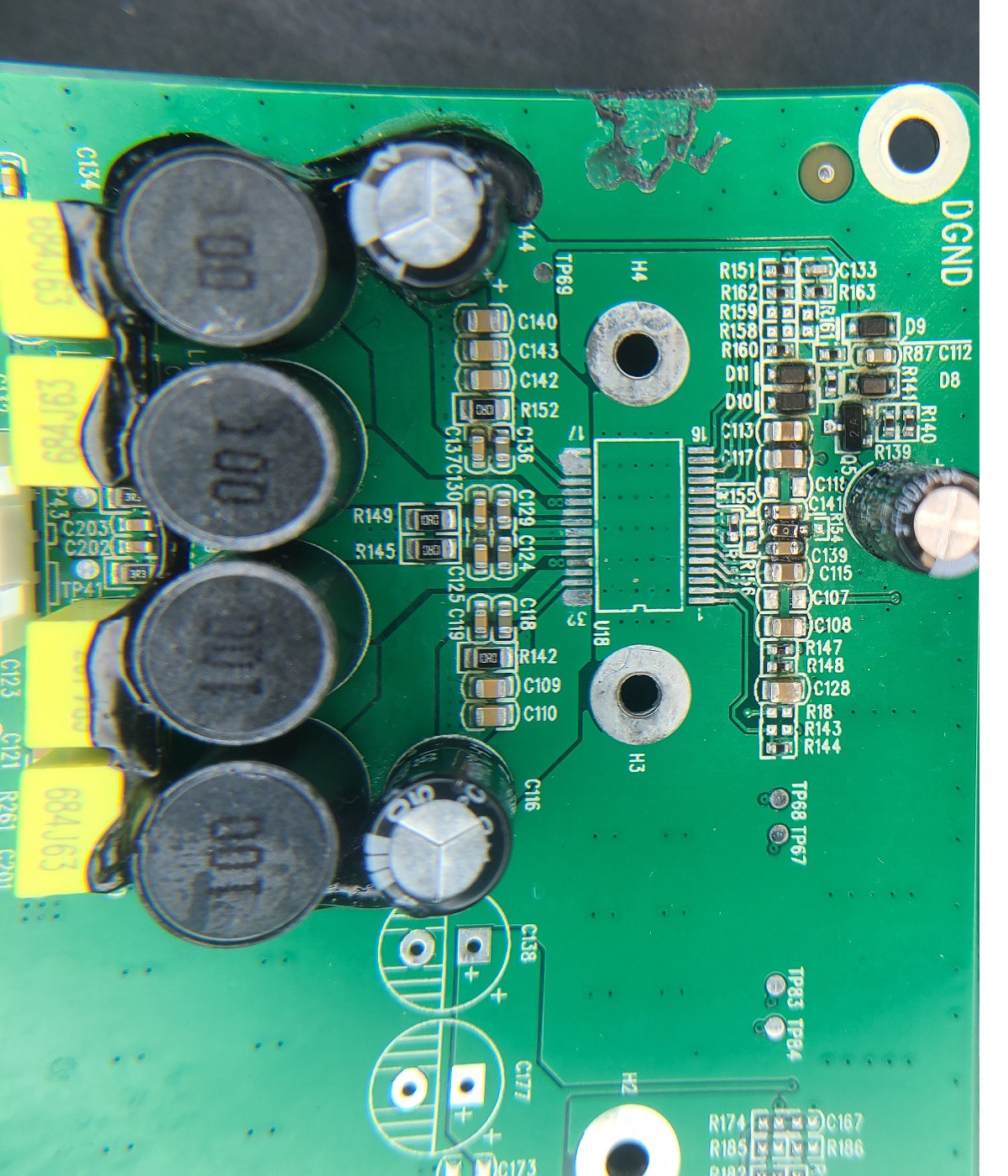
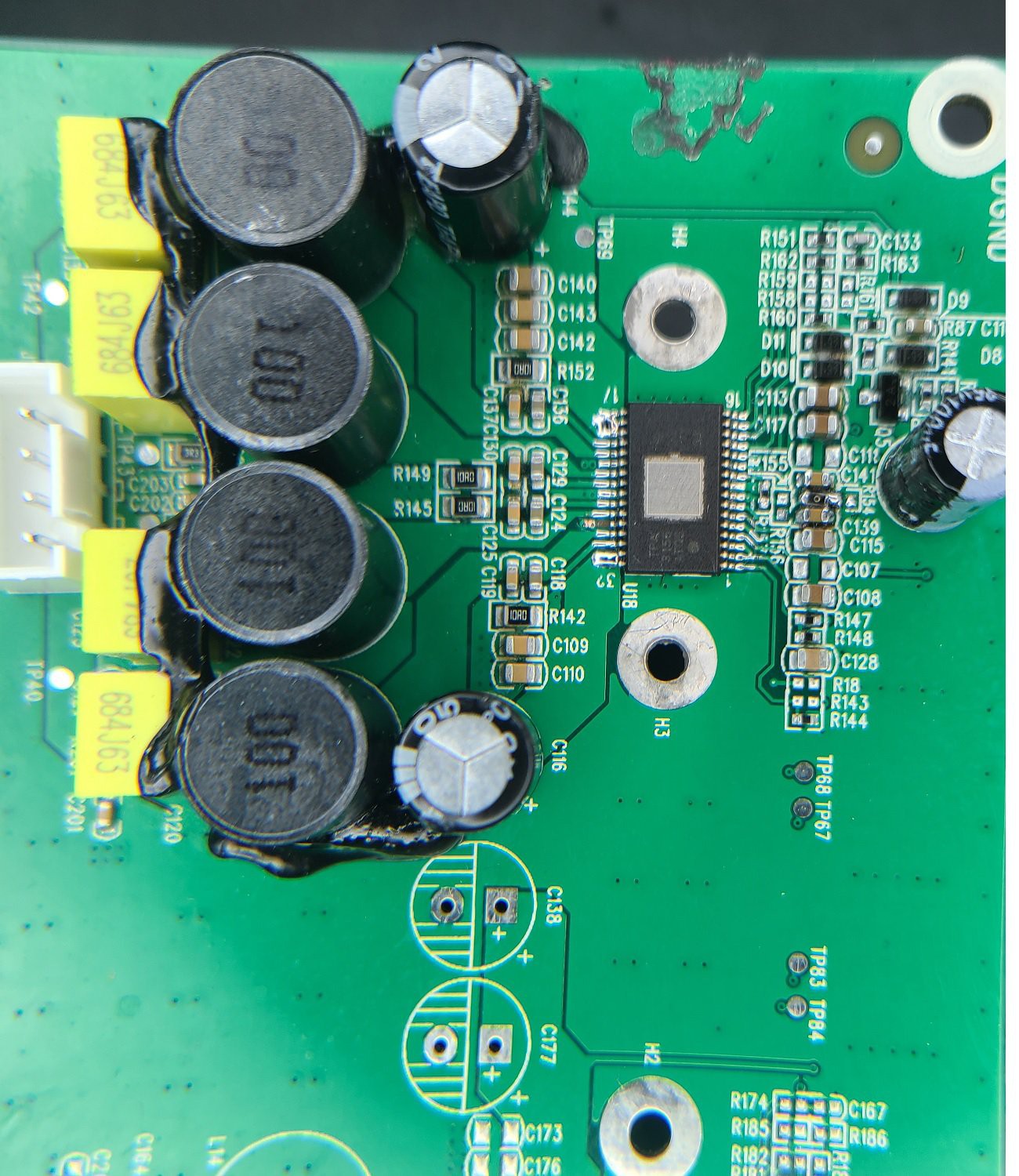
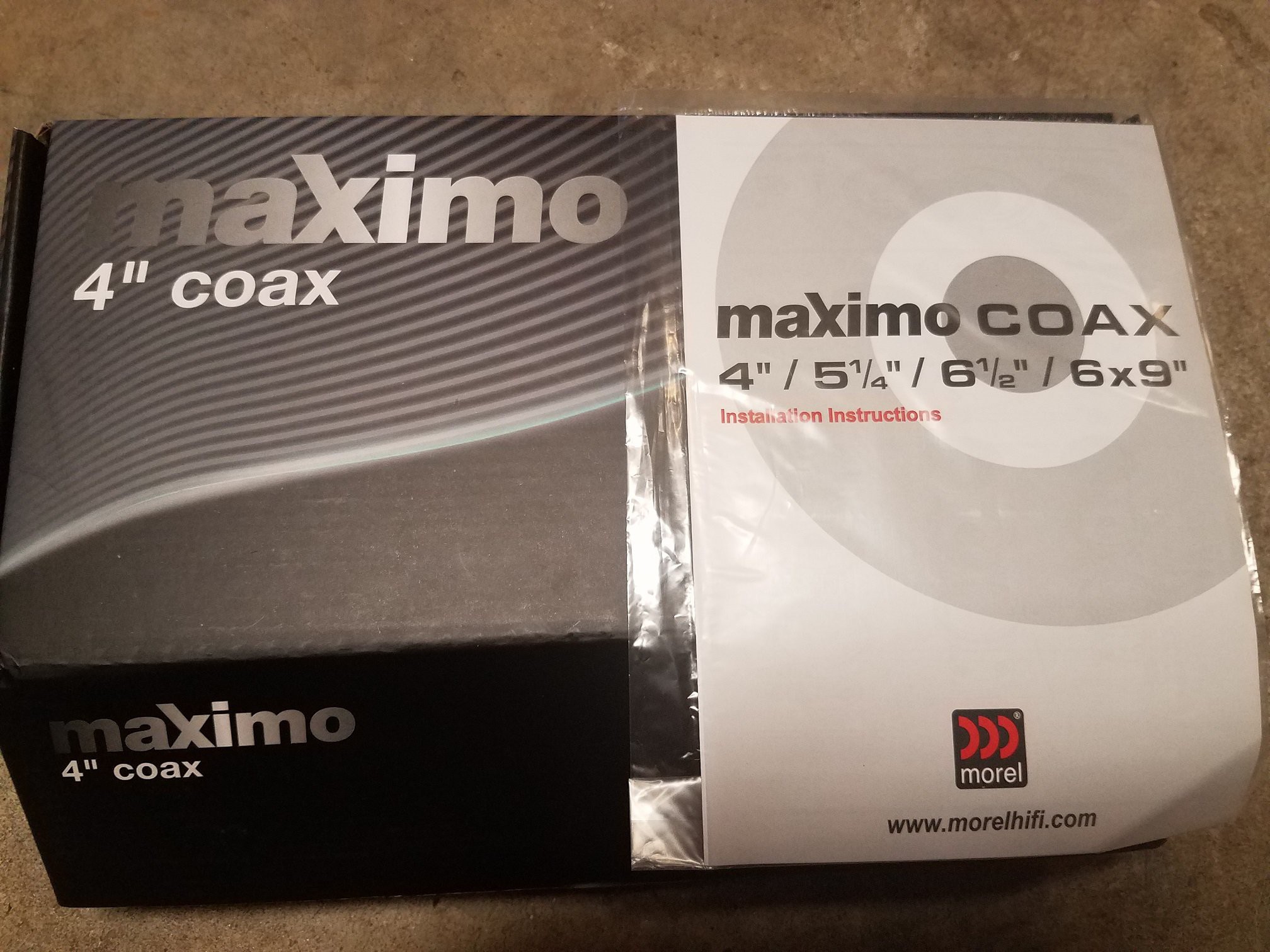
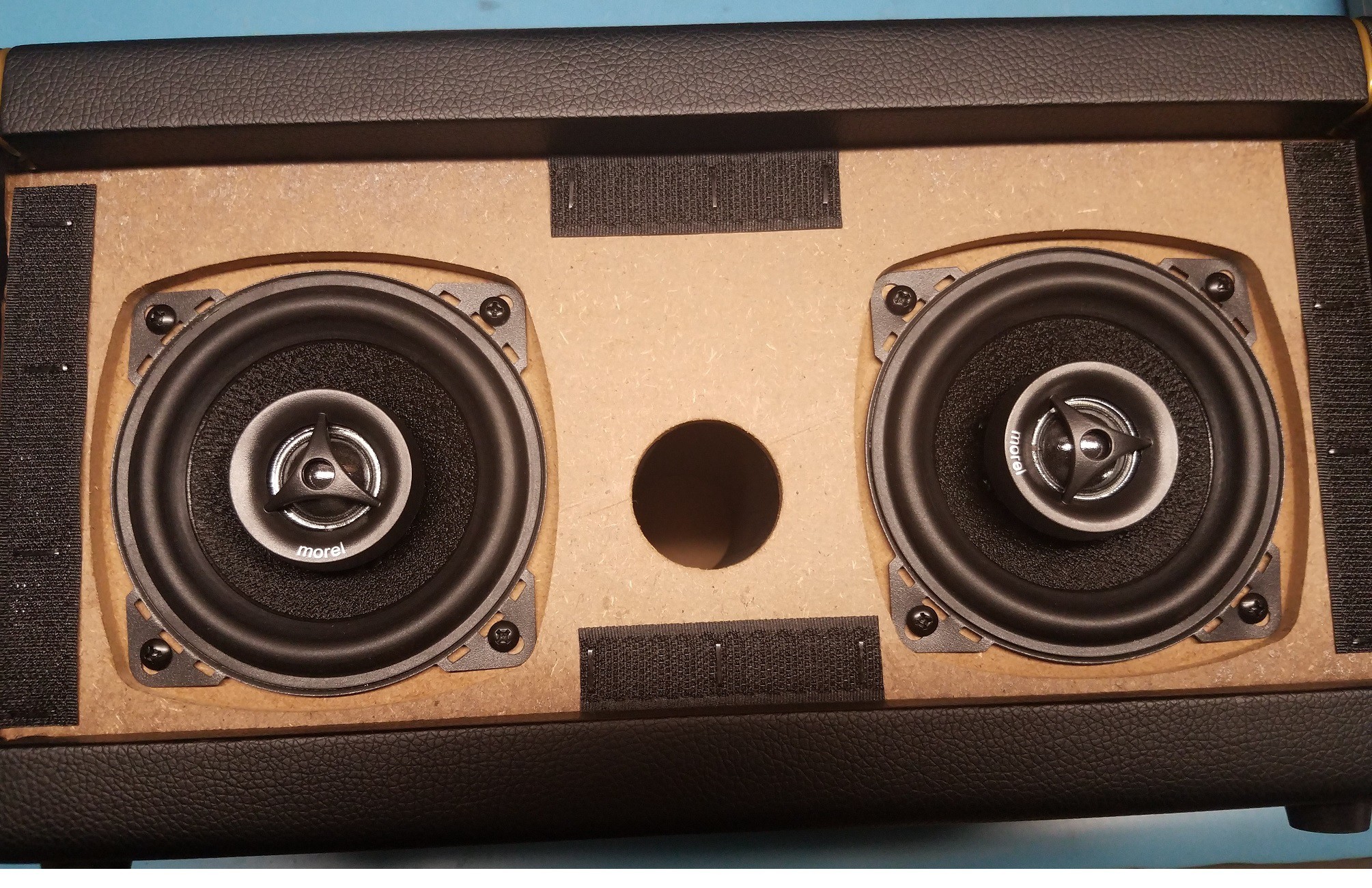
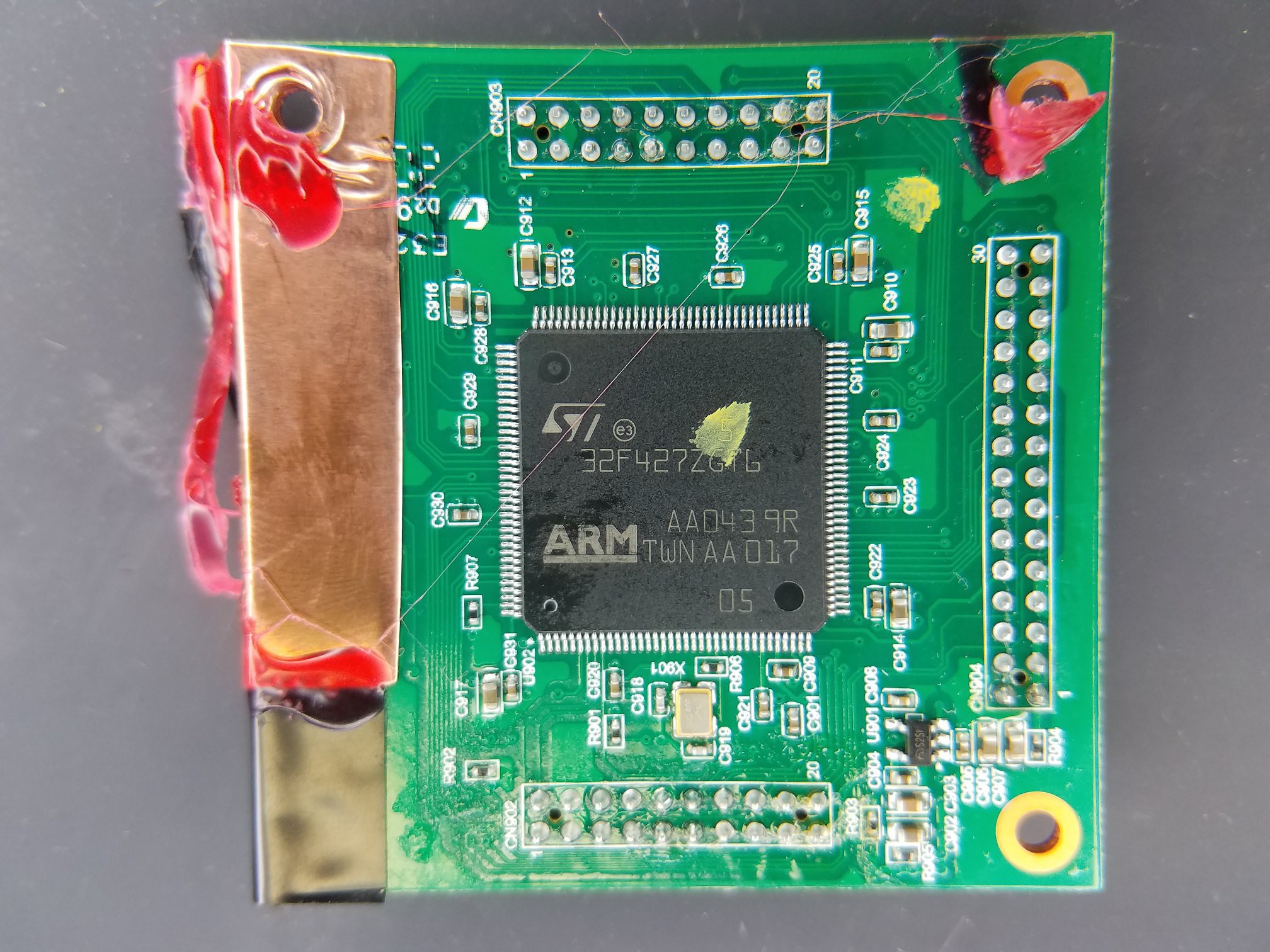
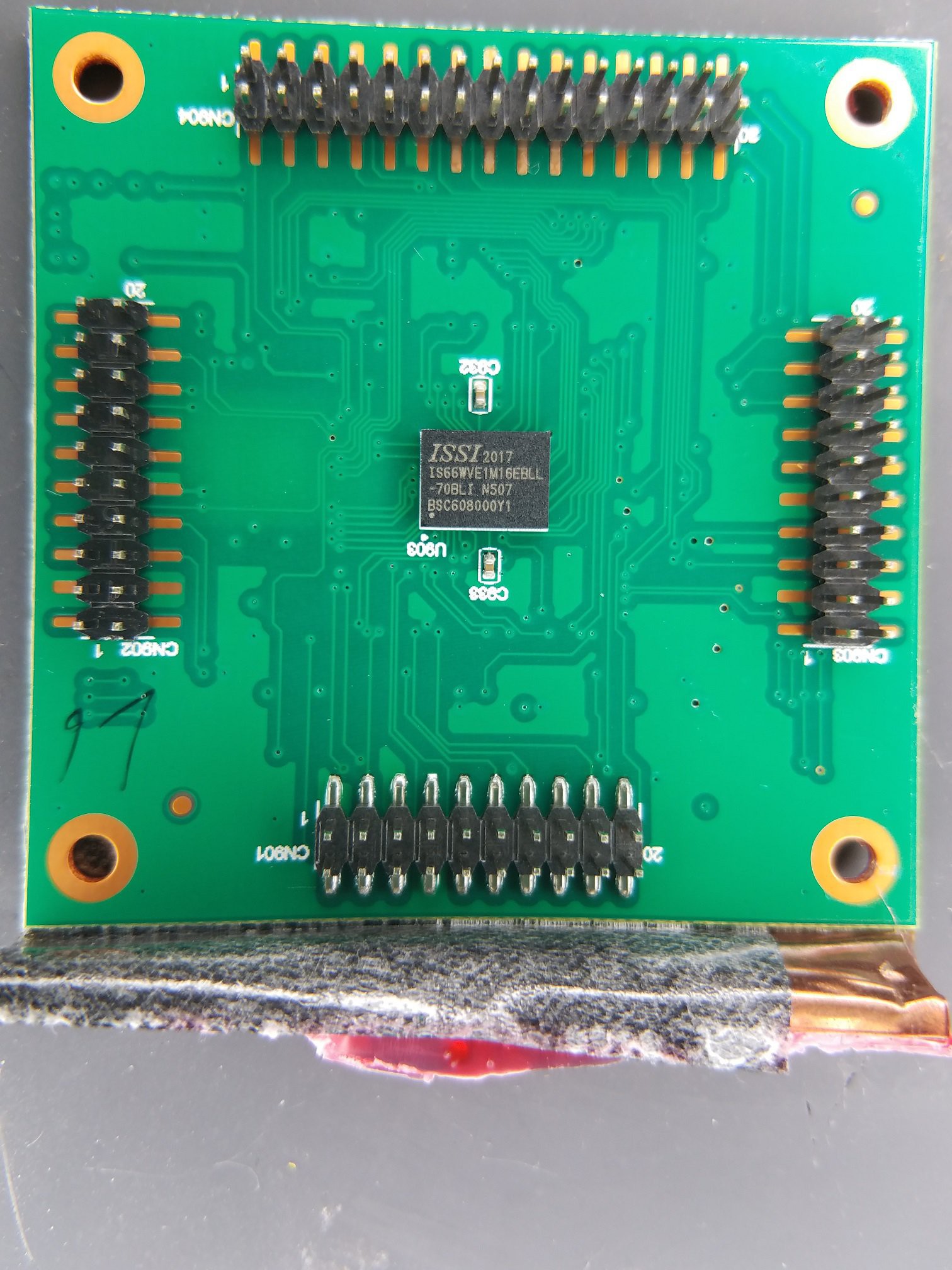
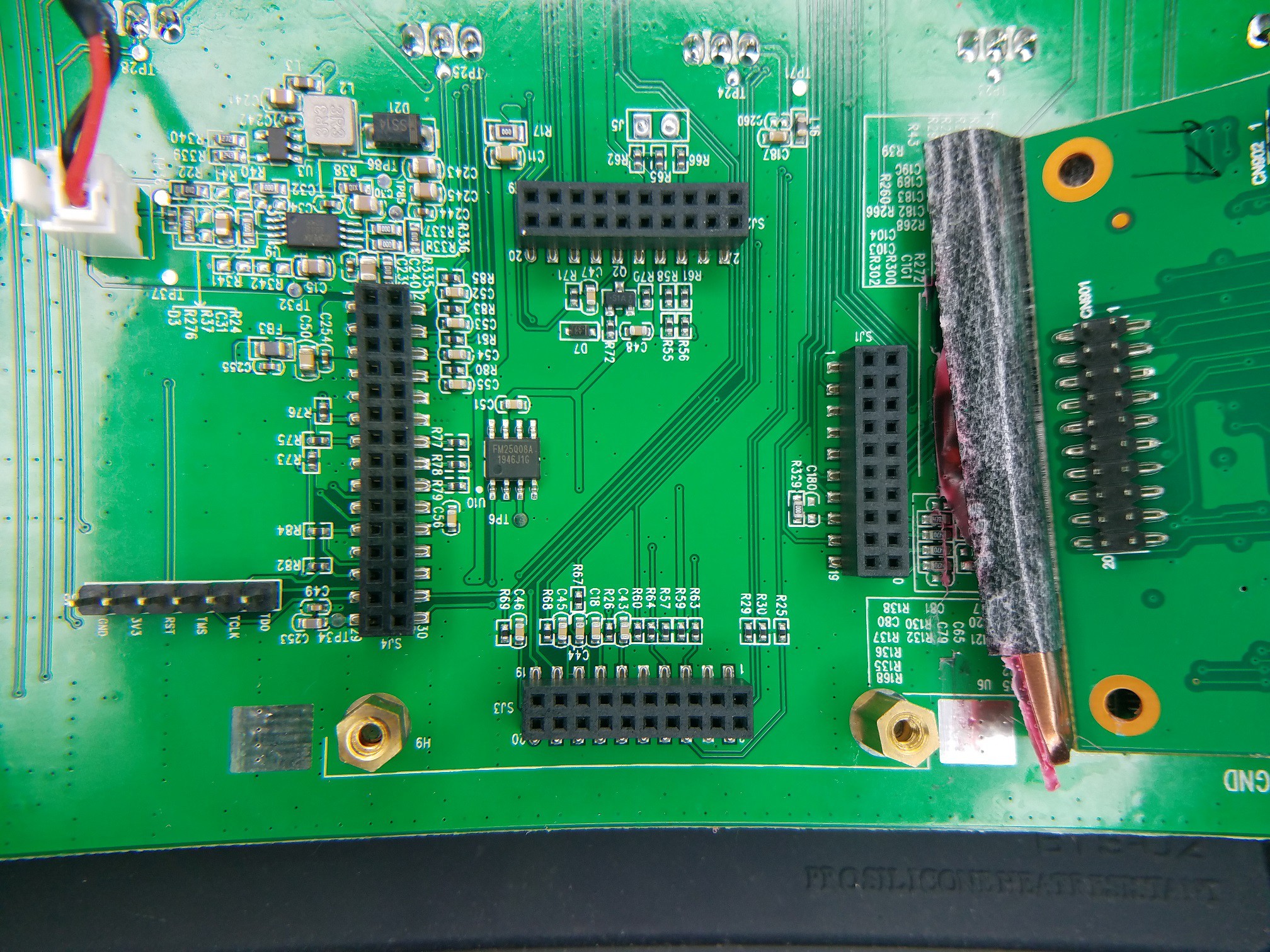
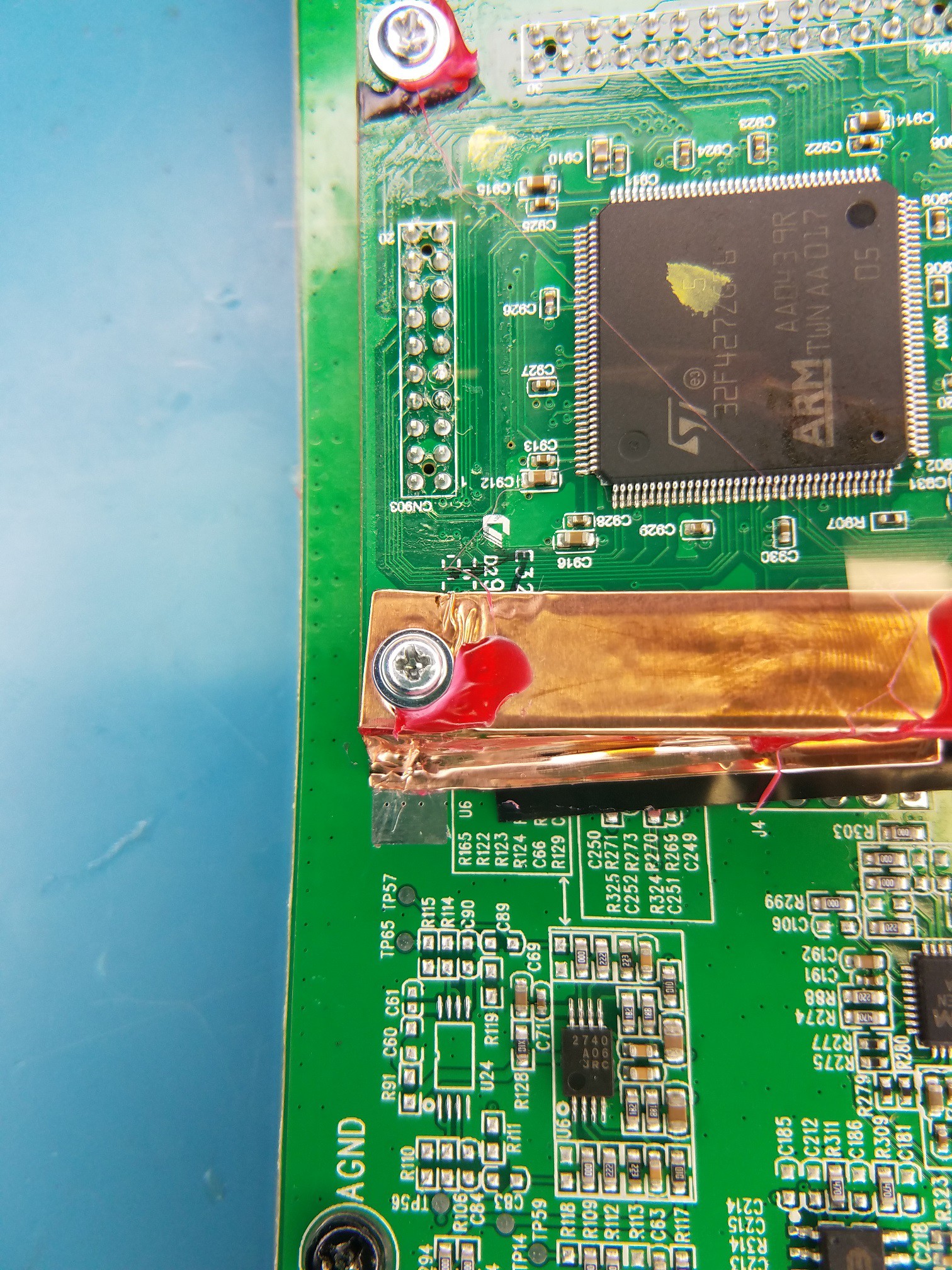
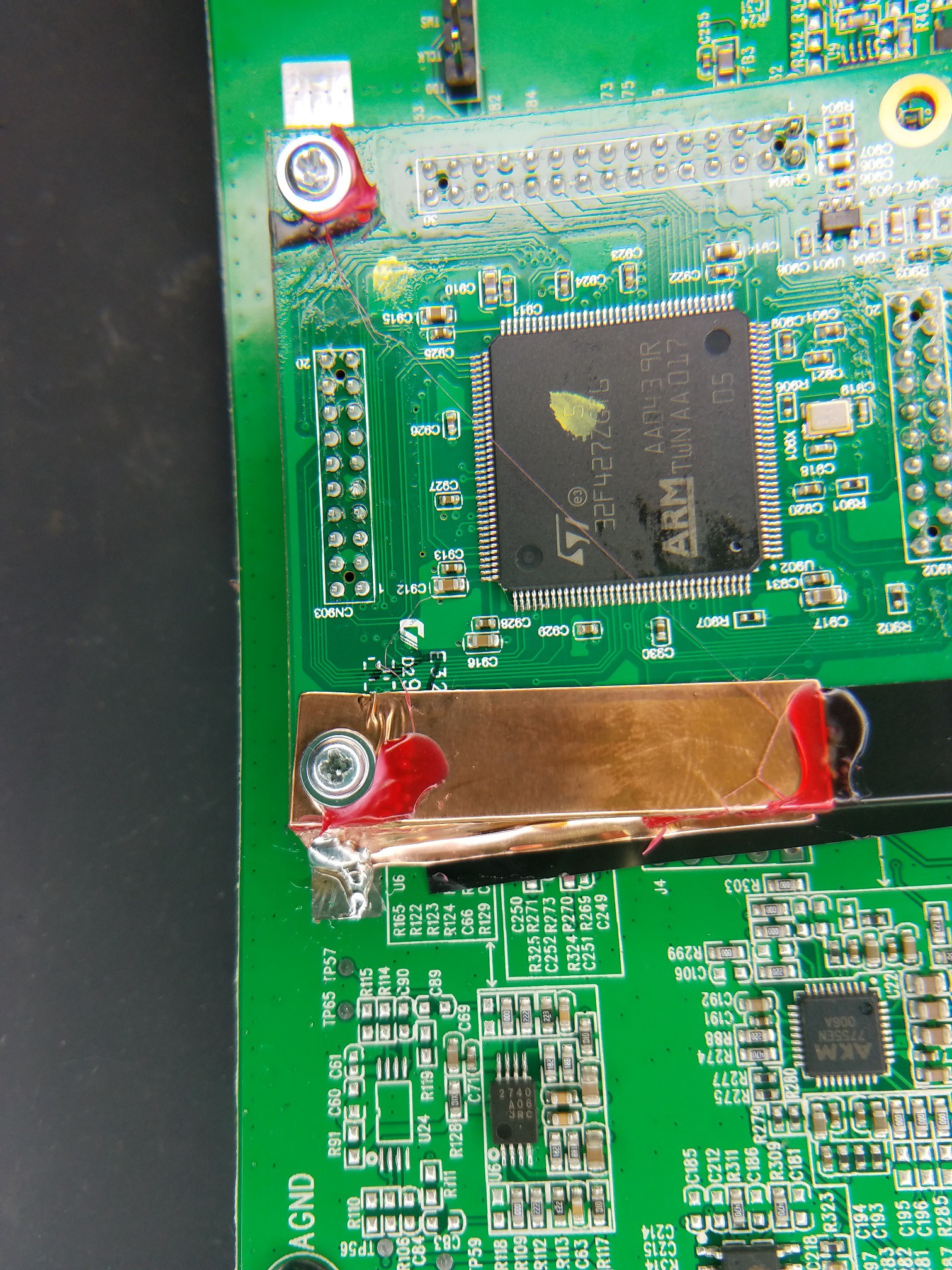

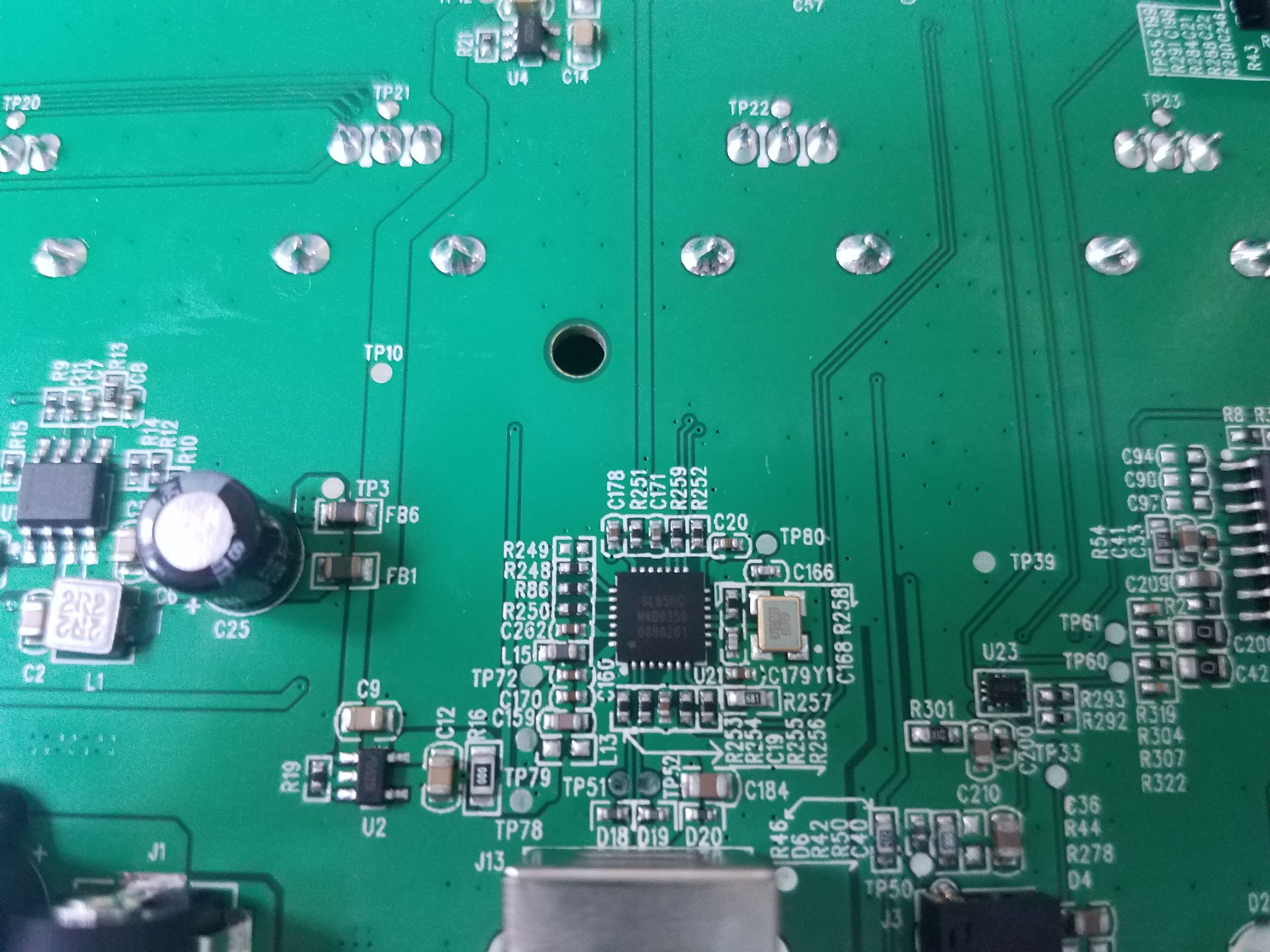
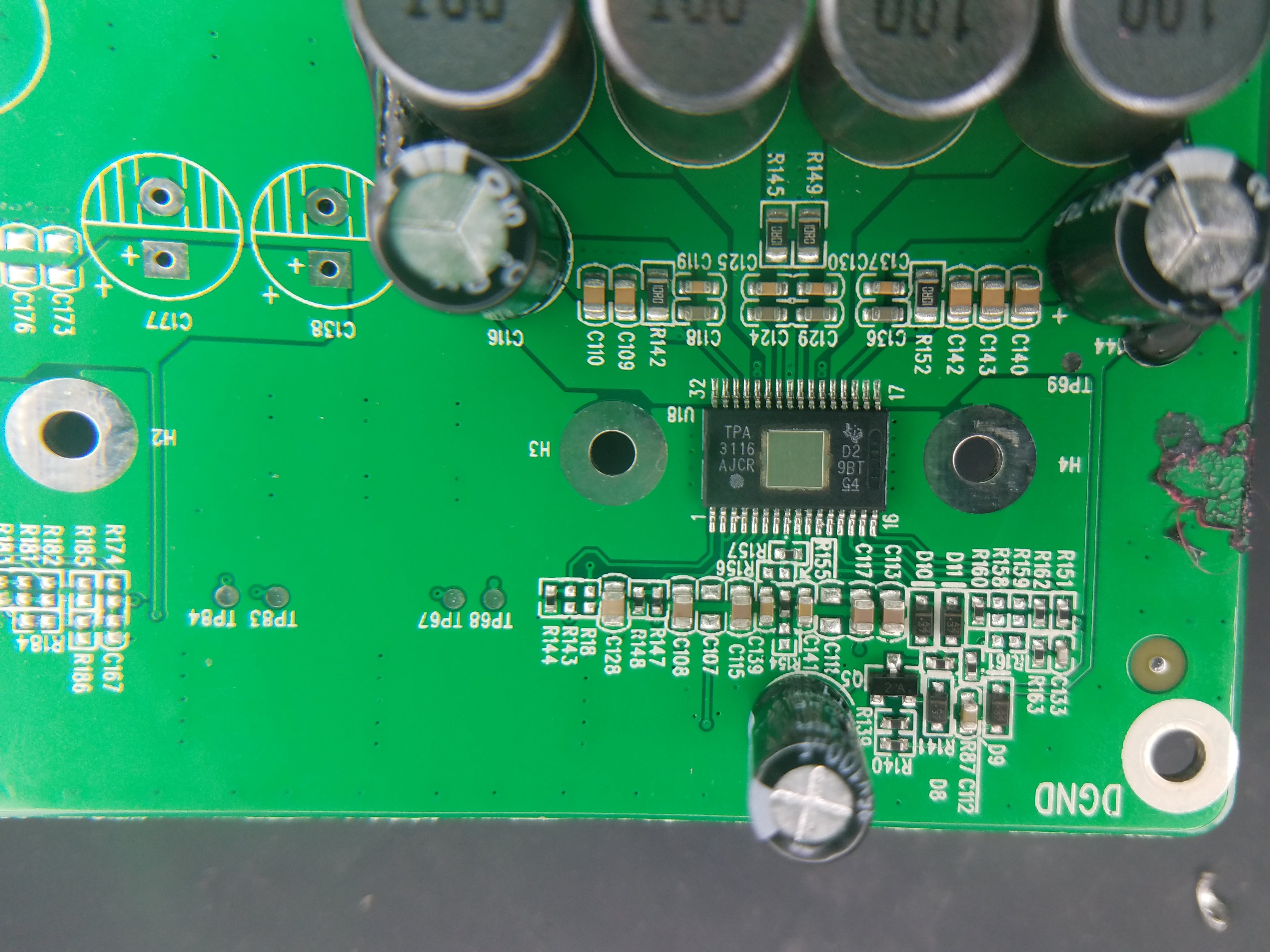
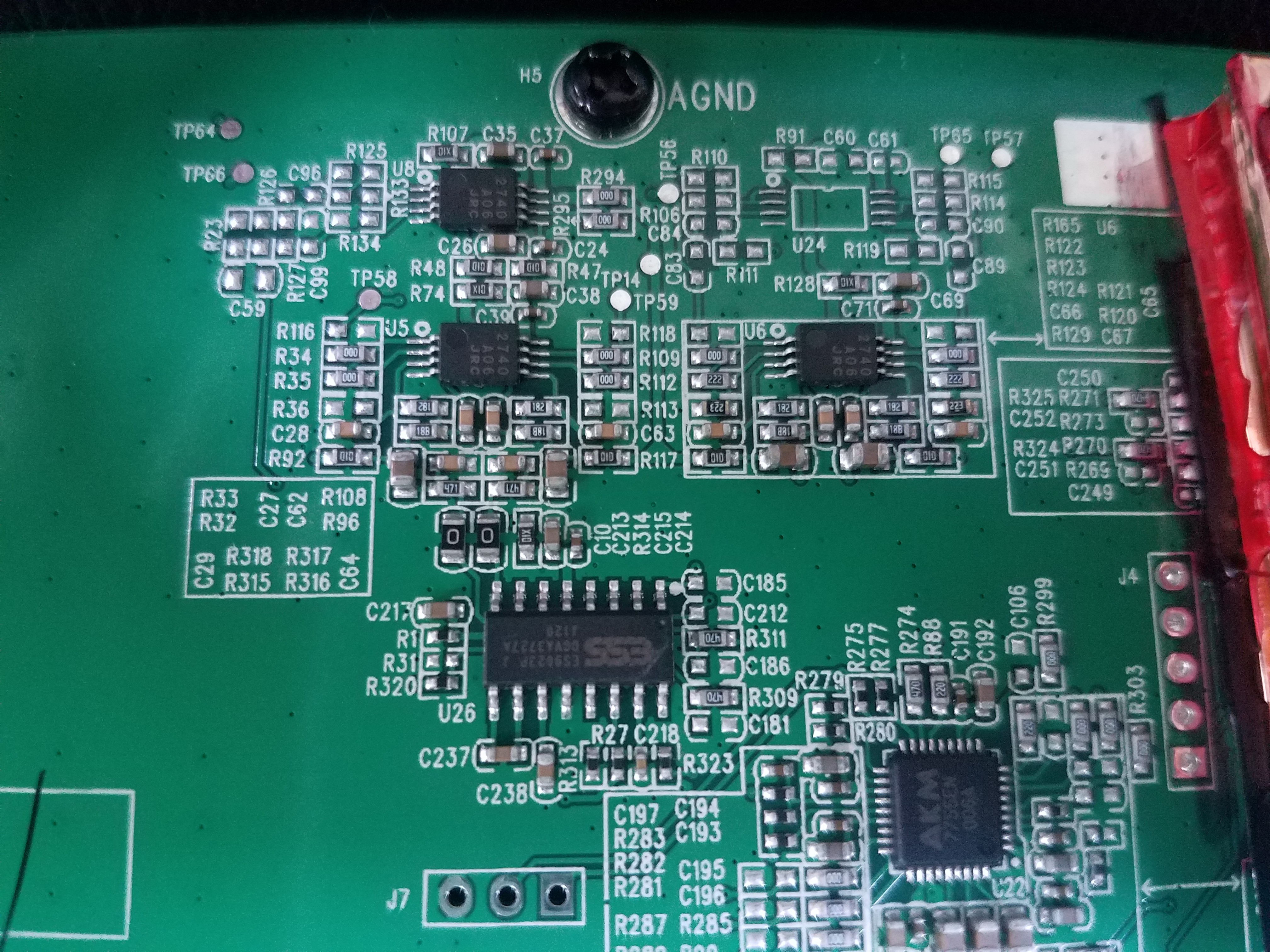
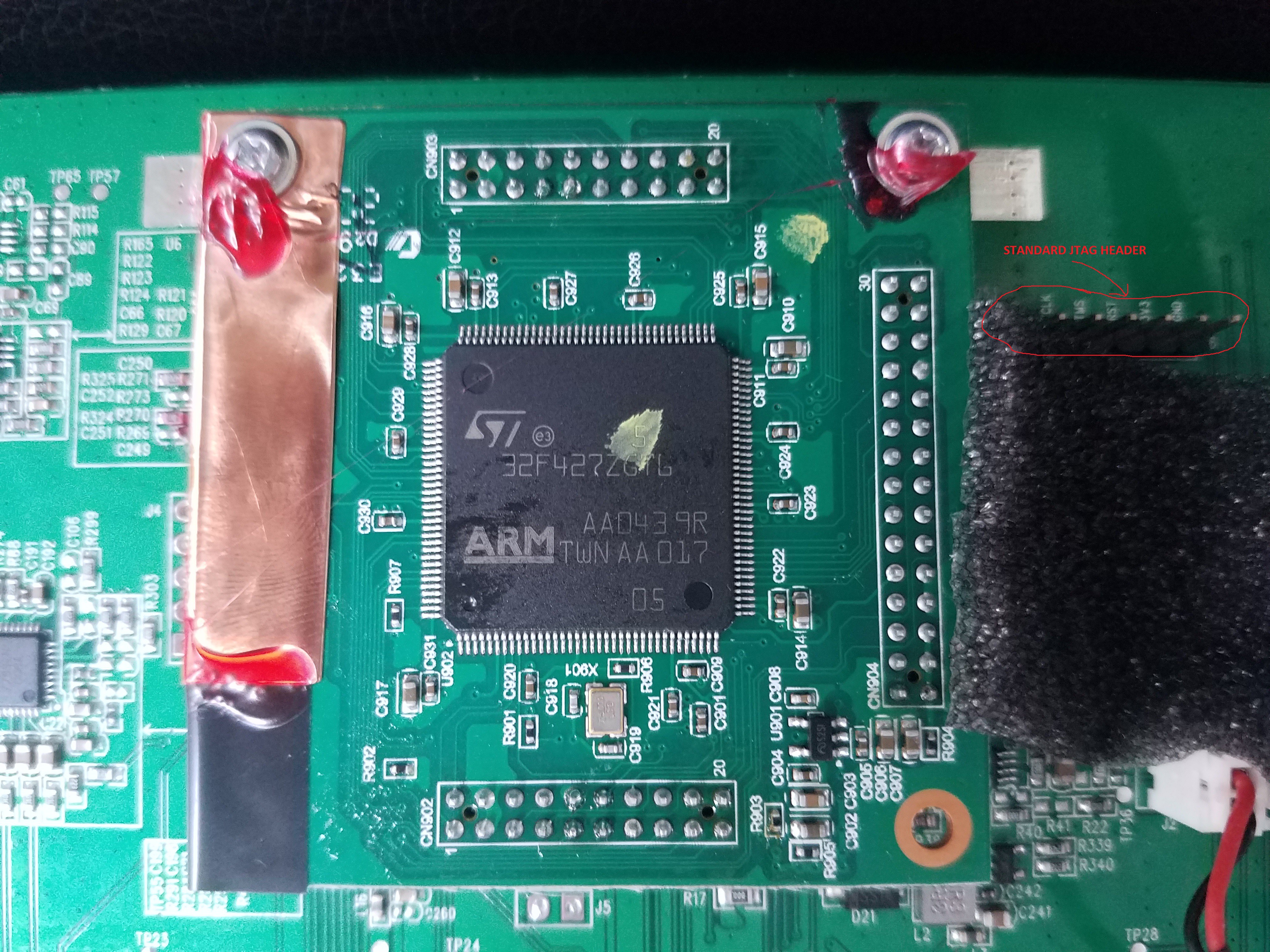


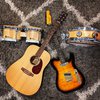
Is it possible to get some guidance here on repairing my board? it powers on, connects on Bluetooth, it is detected by the IOS app, but has no sound, headphones or speakers, nothing via guitar input or aux or BT. :-(